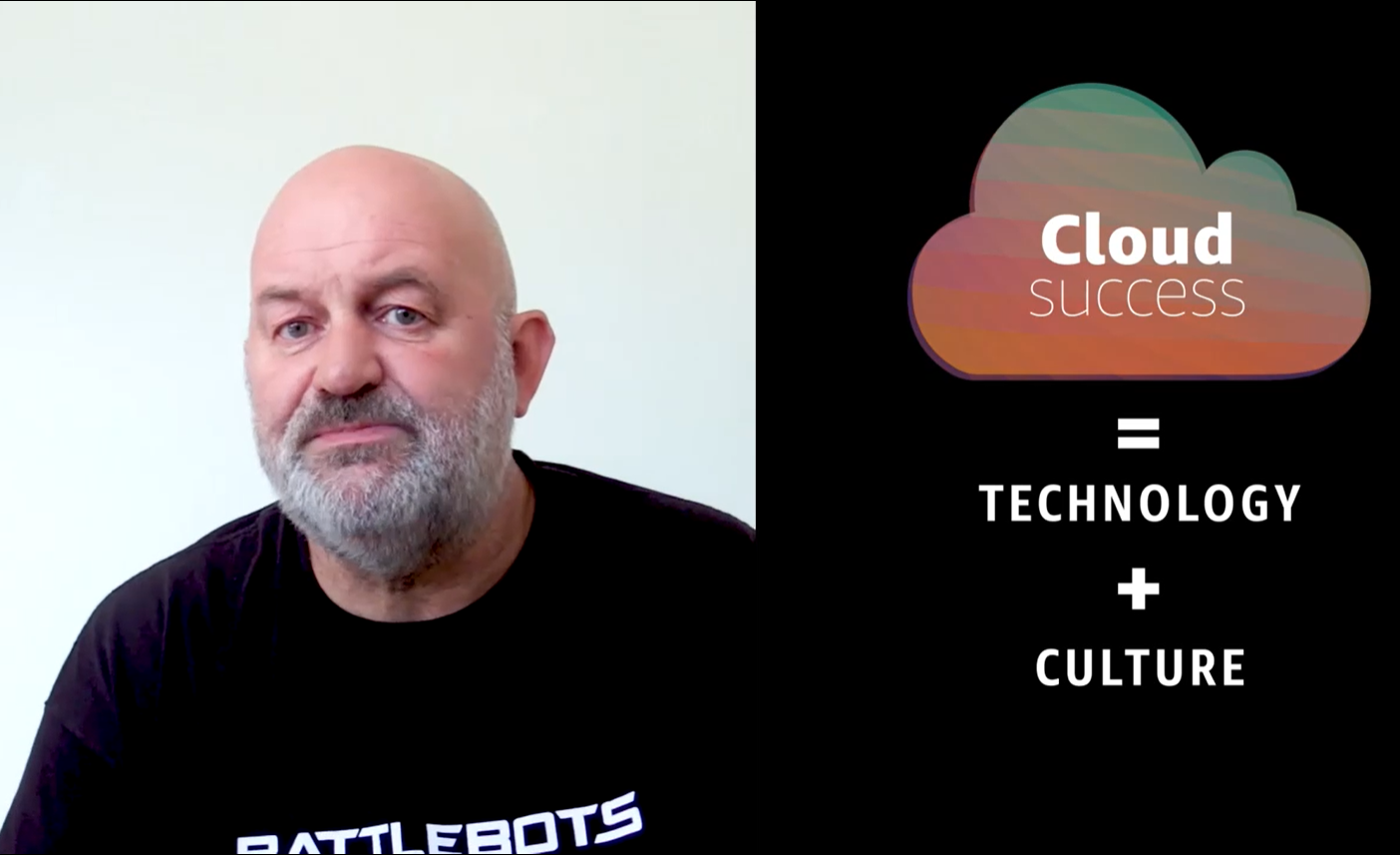
It seems much longer than just a couple of months ago when the spreading coronavirus outbreak began make its presence felt in the tech industry. Like in most of society, it started with calls for social distancing between people and then led to the steady domino effect of vendors canceling major technology shows or announcing that they were moving them online. The first big one to hit was Mobile World Congress, an event in February that tends to draw more than 110,000 people but that also is hosted in Barcelona, in a country that soon was consumed by coronavirus cases and deaths.
It wasn’t long before vendors in the United States began canceling their in-person events. There were some that went ahead as planned – the RSA 2020 security conference in San Francisco in late February being the most high-profile example, despite companies like IBM and AT&T pulling out – but by that time the torrent of show cancellations had begun.
Amazon Web Services decided to do with its annual Summit conference what many others did with theirs – make it a strictly virtual event online. And it was a decidedly different event this week. AWS CTO Werner Vogels, known in past Summits for stalking the stage and wiping sweat from his brow as he introduced one new feature after another, instead was on the small screen, beaming in from his home studio. And instead of the parade of new technologies and services being added to the massive numbers already available in the AWS atmosphere, his message was about taking advantage of the forced slowdown brought on by the Covid-19 pandemic to get back to basics and learn new skills, like machine learning, much of which can be done with such AWS services as Well Architected Tool and Amazon Builders’ Library.
Vogels also touted a range of other technologies, from S3 object storage to the Route 53 and CloudFront DNS web services. He pushed all this because, in his mind, the fallout from the Covid-19 crisis – from the massive numbers of employees suddenly working from home to enterprises turning in large numbers to public clouds for business continuity to consumers turning to content streaming companies for entertainment as they stay sheltered inside – has proven the resiliency of cloud infrastructures to handle skyrocketing demand for services. As proof, he pointed to a recent Nielsen study that found that on March 13, more than 161 billion minutes of video content was streamed. A year earlier, that number was fewer than 70 billion minutes.
In addition, the new reality brought on by the pandemic is changing business models going forward.
“I believe that if nothing else, these past few months have truly ushered in a new era in technology, where we are seeing a fundamental shift in how everyone is viewing not only technology itself, but how to access that technology as well as how we build the technology,” the CTO said. “That’s what AWS helps you do. In many ways, it’s accelerating the path to realize a world that we had predicted many years ago. You had video conferencing inside the car from spy movies as far back as the 1960s and 3D printing was seen as pure science fiction in 1980s. It is my assertion that in 2020 and beyond, most organizations are going to be transforming into a completely cloud-based environment. Anywhere I can access any application or service from anywhere at any time.”
Indeed, we’ve written about the rise in demand for public cloud services during the past three months and how in an IT industry that is being hit hard by the economic battering the coronavirus is delivering, some segments – the public cloud and cloud-based video conferencing being two – are faring well, AWS included. Gartner analysts added another proof point to this, forecasting this week that global IT spending in 2020 decline 8 percent year-over-year due to Covid-19 outbreak. That said, public cloud services spending will see a 19 percent jump this year, as will cloud-based conferencing (a 24.3 percent increase) and cloud-based telephony and messaging (8.9 percent).
Vogels also noted that industries like telemedicine are seeing demand grow and are relying on public cloud infrastructures to help them meet those demands. He pointed to a healthcare startup called Kry, which created its Care Connect online platform enabling video consultations between doctors and patients and which has seen growing demand since the pandemic began. The platform is built entirely on AWS and was launched in less than two weeks.
The focus of the Summit – and of Vogels’ 45-minute talk – was primarily on teaching developers and engineers how to build architectures within AWS and leverage the cloud giant’s services to ensure security, resiliency and scalability. That said, there was some news coming out of the company this week. Among that was the availability of AWS’ sixth-generation Elastic Compute Cloud (EC2) general-purpose instance – the M6g – which is powered by Graviton2, the latest iteration of the company’s Arm-based processor. It was designed by AWS and Annapurna Labs – which is owned by Amazon – leveraging Arm’s 64-bit Neoverse N1 cores. The first Graviton-powered EC2 instances were launched in 2018 and first talked about the Graviton2-based instances in December.
As we at The Next Platform have noted, the Graviton processors are among a growing number of Arm-based server chips making their presence felt in a space dominated by Intel and x86 architecture. After years of promise, Arm and its manufacturing partners – such as Marvell and its ThunderX2 processors (inherited when it bought Cavium in 2018) and Ampere, a startup led by ex-Intel executives – are making inroads. Graviton comes in as the chip developed by the company that owns about 40 percent of the booming public cloud market and is putting them in its cloud instances.
The Graviton2 processors support 256-bit DRAM encryption and include dual SIMD units to double the floating point performance of their first-generation predecessors. To accelerate machine learning inference workloads, they also support INT8/FP16 instructions. The M6g instances come in eight sizes ranging from one to 64 virtual CPUs or as bare-metal instances, come with up to 256 GB of memory, 25 Gb/sec of network performance and 19 Gb/sec of EBS bandwidth. They’re powered by AWS’ Nitro System platform.
Also this week, AWS made Kendra, its new enterprise search service, generally available. The company launched a preview of the technology late last year. It was designed to address the challenge of quickly and easily finding information in the fast-growing amounts of data that is being generated. Among the key problems are that most enterprise is unstructured and that it’s often spread across locations and stored in a range of sites, from regional databases to third-party applications. There also is the challenge of finding the right keywords.
The machine learning-powered Kendra services can index structured and unstructured data stored in a range of backends, including file systems, applications and relational databases, and can understand complex language from an array of domains, such as IT and healthcare. The data is encrypted in flight using HTTPS and at rest with AWS Key Management Service.









Be the first to comment